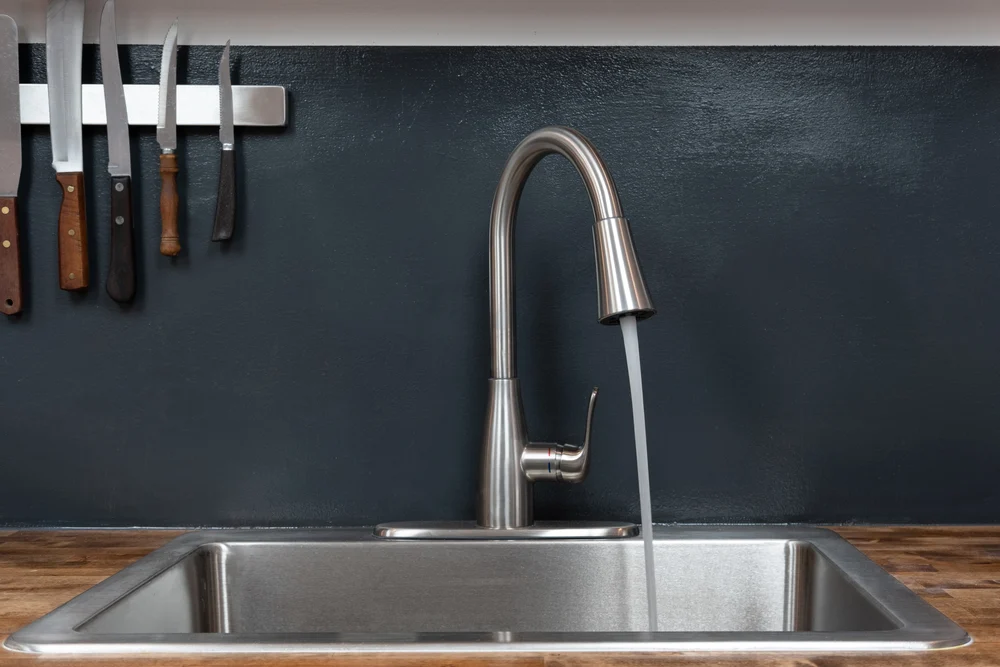There are a variety of different types of kitchen sinks. There are full-divide and low-divide types. Full-divide sinks have a divider on top of the basin, and low-divide sinks have a dividing line at the edge. The full-divide sink allows you to place larger items on top, while a low-divide sink does not allow for that stability. However, a low-divide sink is better if you want a sink for bigger items.
Free-standing sinks are another great option. They can be installed on a free-standing cabinet or table. They are large enough to fit a large baking pan, and they don’t require a cabinet. These sinks are also inexpensive, easy to clean, and made of stainless steel. You can find a free-standing sink that fits the size and style of your kitchen. Choosing one of these sinks can be a great investment in your home.
A traditional kitchen basin should be about 30.9 inches wide and 17 inches long. Choose a smaller size if you need more counter space. Choose one that has a curved front to prevent splashes when cleaning. Then, choose a sink with a self-rinsing feature. Stainless-steel sinks are also a good option. If your kitchen has an island, consider installing a prep sink underneath it. This option offers more counter space and is perfect for prepping fresh ingredients.
A traditional sink has three major parts: the basin, the drain and the taps. The basin holds the water while the faucets provide a place to wash dishes. Ideally, a kitchen basin should face north-east. It is important to place it away from a stove that is on fire. The two elements, fire and water, are incompatible and can cause problems in terms of money. In addition, a strainer should be placed over the drainage hole to prevent food particles from clogging the drain. Also, a wire grid can be placed in the sink to prevent scratches.
One of the most important things to remember when choosing a kitchen basin is the size. A standard sink is usually between 22 and 24 inches wide. However, you can find some sinks with a smaller depth, but you should be careful not to choose a sink that is too big for your kitchen. When space is limited, a small-size kitchen sink will fit better and will conserve counter space. You can also opt for a single-bowl sink. A double-bowl sink will require a smaller basin and will cause crowded countertops.
Double-basin sinks are also available in various styles. While a single-bowl sink is useful for cleaning pots and pans, a double-basin sink is more convenient for washing dishes. One basin will be full of water while the other will contain dirty dishes. Most popular configurations are 50/50 and 60/40. There are different types of kitchen sinks available, but most have the same basic function. If you want to have a double-bowl sink, it may be wise to invest in a larger sink.


